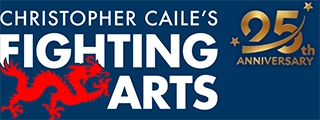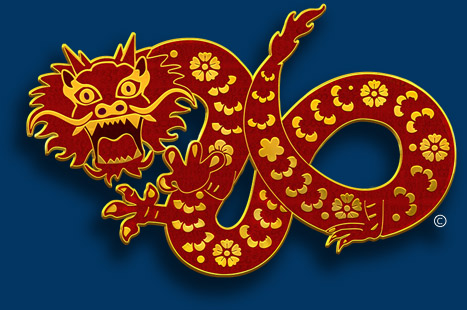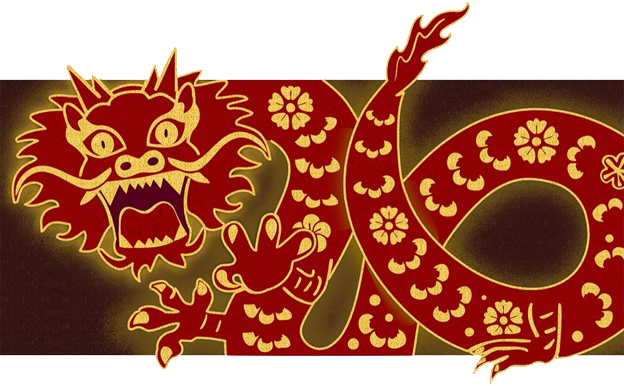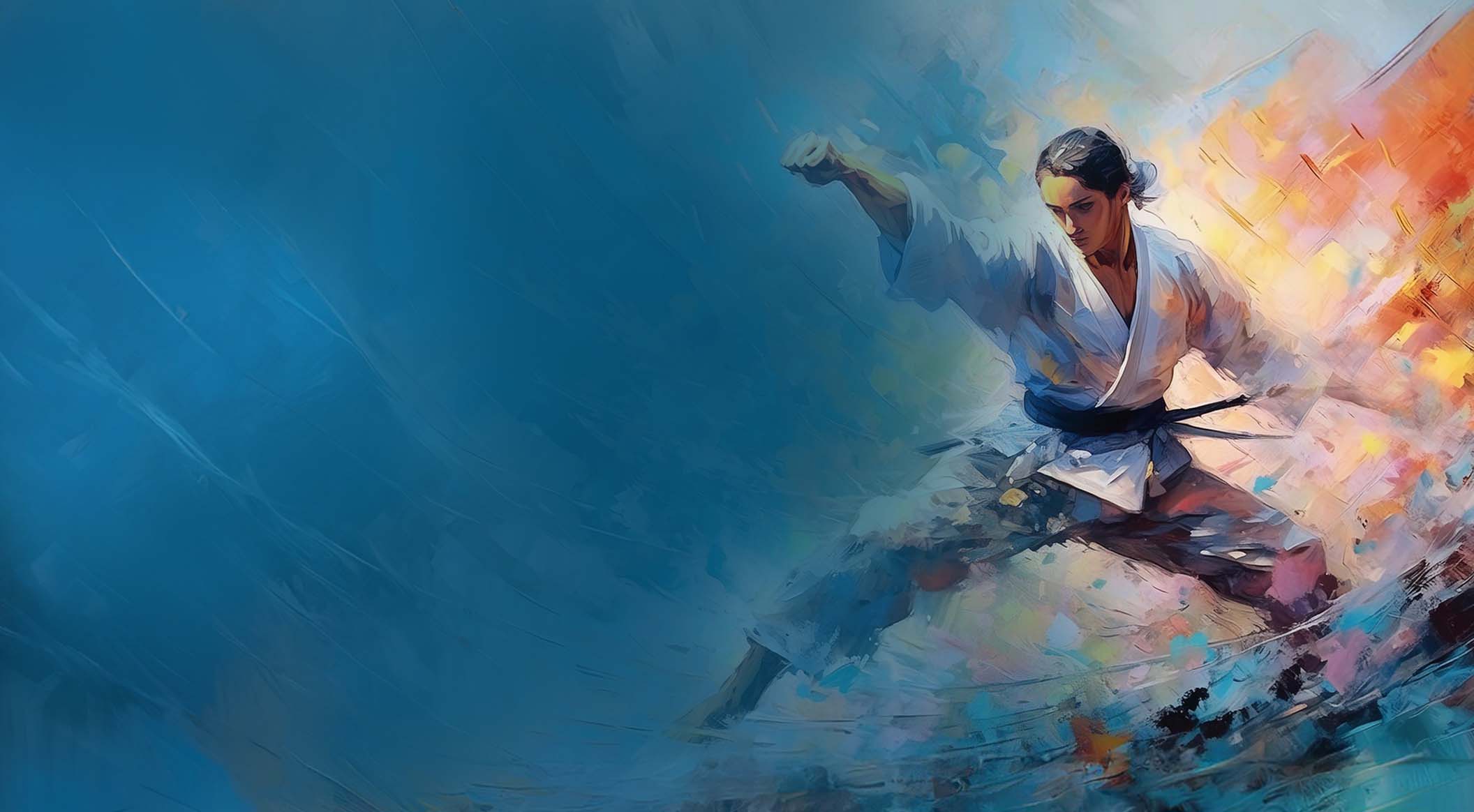Fighting or Playing –
The Martial Art vs. Sport Debate
By Neil Ohlenkamp
|
Many people think of Judo and Taekwondo as sports because they are included along with other major sports in Olympic competition. Boxing, wrestling, Judo, taekwondo, and kickboxing are examples of martial sports.
I often hear martial artists use the term "sport" as if referring to a game with no usefulness. The implication is that a sport is only for "play" and cannot be effective for self-defense, fighting or combat. Many martial artists think that the distinction between sport and martial art is that martial artists train for real life.
Actually the distinction is more complex and rather surprising. In discussing it I will make generalizations that may not apply to the way you train in your sport or martial art. However, I hope to give you a new way to look at the potential value of sports principles for martial arts training.
One of the primary differences between martial sports and arts is in their training methods. Many arts alter their training to avoid danger and substitute artificial or even counter training methods. They "Pull" techniques (stopping them just before contact), limit targets and add precautionary movements. These can inhibit natural action and the change the ultimate conclusion of a technique.
Typifying this approach is a student who equates the ability to break boards with the ability to punch a person in the face. As another example, I have never seen realistic training in throat strikes or eye gouges in any martial arts class, even though these are often taught for self-defense. The teaching generally done for these techniques helps students to understand what to do, but does not provide effective results for fast, reflexive and accurate application of these techniques against an unwilling opponent in real life combat.
|
Sport, by removing the lethality, achieves the opposite. That is, sport more typically produces natural, fast, reflexive movement with full power application, achieving a result against a struggling opponent who is also utilizing full power while engaging in strategic and tactical resistance using all of his or her resources and training. Techniques that don't work are soon abandoned, and successful skills are honed against different attackers under a variety of conditions. Maintaining control in various combat situations, both in attack and defense, is difficult when faced with the unpredictable nature of an opponent's efforts, but facing these situations in contest prepares you for similar situations. Each opponent in competition is operating at the limit of physical and psychological skill. By pushing that limit contestants are continually realizing and expanding their potential.
Ironically, martial sports may provide the superior training in effective combat techniques because martial arts can't be practiced in a real life way without injury.
Sometimes the "combat" arts substitute intellectual perception, a highly subjective and deceptive frame of reference, for genuine training of the body and mind. Some martial arts don't train effectively for self-defense and combat because they can't train for combat without severe risk to training partners. So many martial arts have instead adopted highly stylized, ritualistic, and even dysfunctional training methods. Ironically, martial sports may provide the superior training in effective combat techniques because martial arts can't be practiced in a real life way without injury.
In martial sports, one purpose of competition is to take the place of the older shinken shobu (life-and-death fights) in developing technique, knowledge, and character. You never see yourself so clearly as when you face your own death. Competition can provide a safe, controlled glimpse at this kind of defeat. Fighting spirit can be developed only through fighting. Surely it is not the same as the battlefield, but it serves a similar purpose, and it is closer to a combat situation than any other form of training.
Of course this can go wrong. Winning and losing can become too important and start to pervert the training process. The ultimate goal is not the winning of medals. Matches, along with free practice and sparring, are simply different methods for training.
Just as non-competitive martial arts training may not provide the benefits of competition, training for sport competition may not provide the full scope of self defense training. Martial sports often include non-competitive components. For example, competition is only a part of the Judo curriculum, and Jigoro Kano, the founder of Judo, was very concerned about preserving those self-defense techniques that could not be used with full force in competition. However, Judo today remains a remarkably effective self- defense training method, even after nearly 120 years of the development of other "combat" methods, and even when practiced today largely as a sport. Jigoro Kano applied modern sport training methodology to koryu jujutsu and found that it produced a better combat art.
As martial artists we should continually seek opportunities to challenge ourselves by examining the weaknesses in our training and keeping our minds open to other methods.
Although martial arts and sports both have loftier goals, it is a fact that many people train in martial arts primarily for self-defense. For those who have never used sport training methods, or those who have never explored traditional bujutsu training, it is easy to discount the effectiveness of the other. As martial artists we should continually seek opportunities to challenge ourselves by examining the weaknesses in our training and keeping our minds open to other methods. I encourage you to discover for yourself how "playing" with a partner in sparring or free practice, or competing against an opponent in contest, can be an effective method of training for self-defense.
Neil Ohlenkamp
Neil Ohlenkamp
Member – US Ju-Jitsu Masters Caucus
California USJJF Regional Representative
Mr. Ohlenkamp holds a sixth degree black belt in Judo and a sixth degree black belt in jujitsu with over 36 years of training and experience in various martial arts as a competitor, instructor, team coach, and tournament official. He has been awarded black belt rank certificates by the United States Judo Association, United States Judo Federation, Southern California Black Belt Association (Nanka Yudanshakai), United States Martial Arts Federation, United States Ju-Jitsu Federation, and the Kodokan Judo Institute in Tokyo, Japan. He is an active member of these organizations as well as United States Judo Inc. and the International Judo Coaches Alliance.
Mr. Ohlenkamp has been teaching martial arts for twenty five years, and has been the head instructor of the Encino Judo Club since 1985 responsible for classes in four locations teaching over 350 students each year, with the help of 25 other black belt members of the Encino Judo Club. He has developed highly successful Judo, jujitsu and self defense programs for various health clubs, churches, schools, employee groups, community centers, youth centers, and recreation centers throughout Southern California. He has trained athletes and coaches in seminars and clinics at the Olympic Training Center in Colorado Springs as well as other cities in the US and Europe. He has trained national champions as well as recreational Judo players. He is widely recognized as a leader in the teaching and promotion of Judo and jujitsu for sport and self defense.
Mr. Ohlenkamp has been a coach and advisor to the Braille Institute of America Judo Team since 1976. Due to the success of the local Judo program, he led the way in creating a national Judo program for blind athletes, and served many years as head national coach and coordinator for the U.S. Association for Blind Athletes. He was the U.S. Team Coach at the 1988 Paralympics in Seoul, Korea, the 1989 World Championships in Manchester, England, and the 1990 World Championships and Games for the Disabled in Assen, Netherlands. Coordinator of numerous elite athlete training camps, national and local tournaments, and other training opportunities for the visually impaired. He has trained many blind national and international champions, as well as other coaches and instructors. He also served as the US Representative to the International Blind Sports Association Judo Technical Committee from 1988 to 1993 and was instrumental in creating the international rules for visually impaired competitors.
Mr. Ohlenkamp has been certified by the United States Judo Association as an instructor, referee, master coach, and master rank examiner. Certified by the American Coaching Effectiveness Program and the International Blind Sports
Association, with standard Red Cross first aid and CPR certification. He earned a Bachelor's Degree in Child Development with a specialty in recreation from California State University, Northridge and has completed post- graduate studies in Public Administration.
As a pioneer in promoting martial arts around the world through the internet, Mr. Ohlenkamp created one of the first web pages devoted to Judo. Since 1995 his Judo Information Site has been the most highly acclaimed, most popular, and most comprehensive Judo web site on the internet. He has also contributed to martial arts books, and had articles published in most of the major Judo publications in the US.
Search for more articles by this author:








